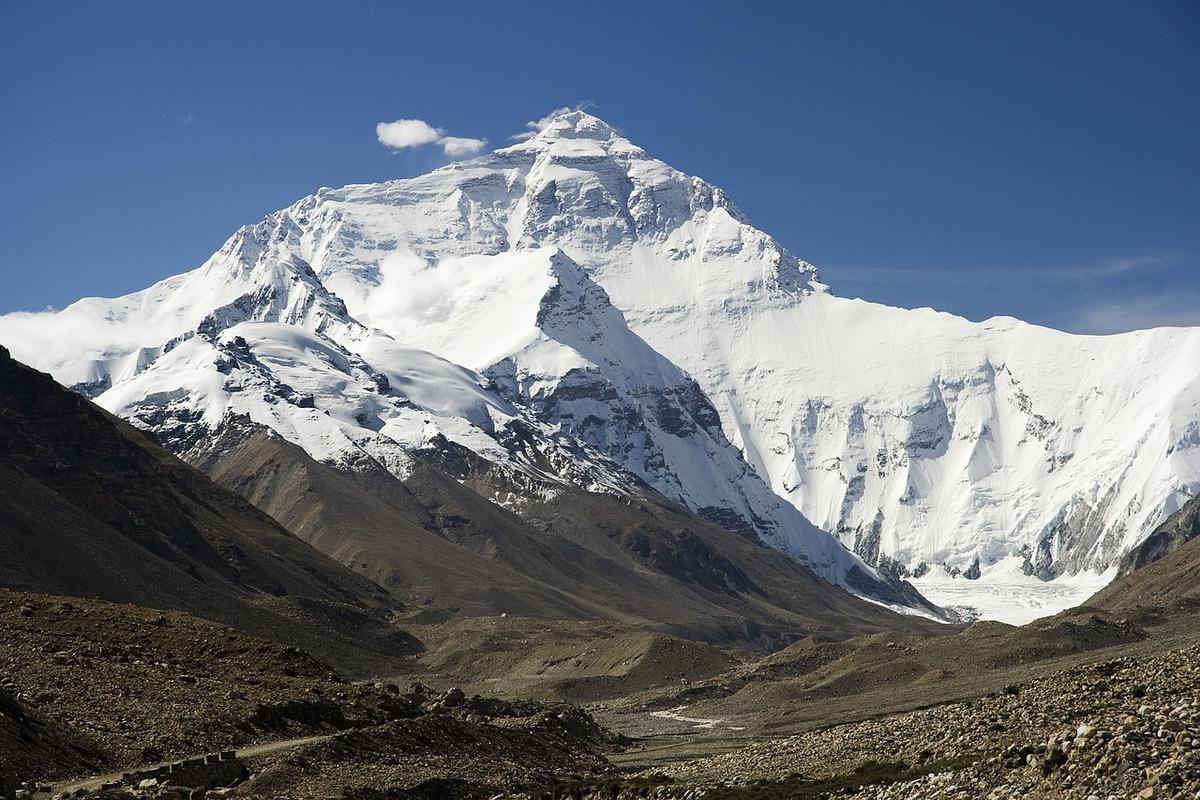The rules of life change when you’re climbing Mt. Everest, especially the higher up you go. Mountaineers who’ve been there can attest to this. While facing unrelenting physical and mental stresses, rescuing a friend can mean two deaths instead of one; recovering bodies out of respect is out of the question; ethics change; fallen climbers from past expeditions become like milestones.

©Pixabay | lutz6078





